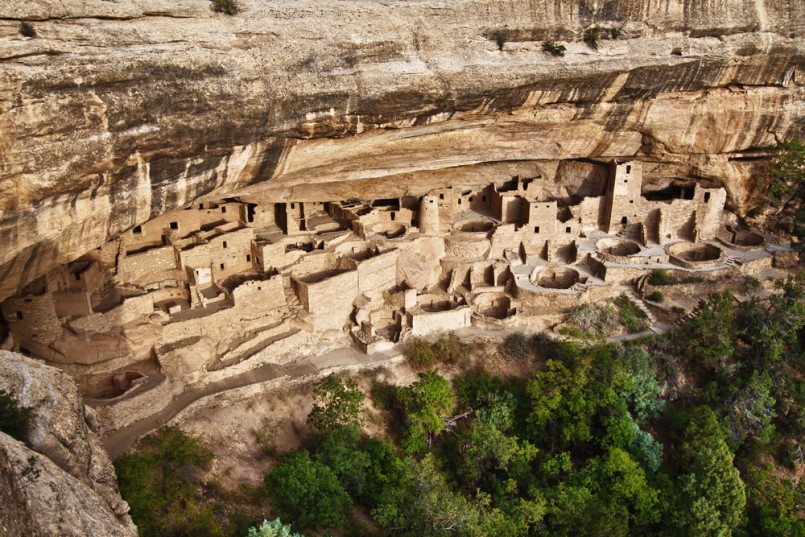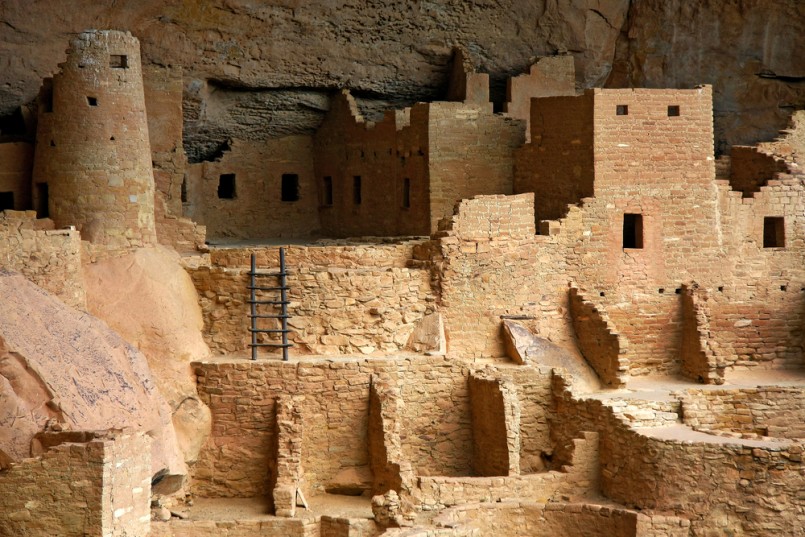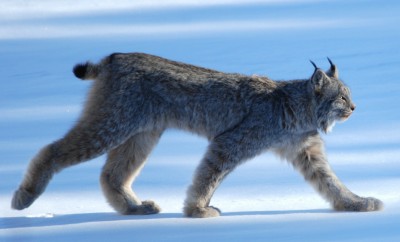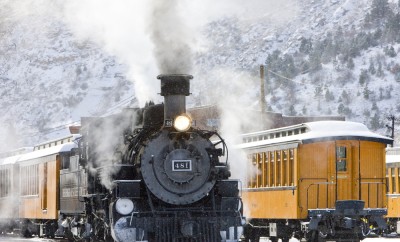Cultures
Exploring the ancient Anasazi culture

Image: Shutterstock/Alexey Kamenskiy
If you’ve ever climbed the steep ladders at southwest Colorado’s Mesa Verde National Park, you’ve likely witnessed the great cliff dwellings common to the ancient Anasazi culture. Also known as Ancestral Puebloans, the Anasazi are known in modern times as the creators of diverse adobe villages and hamlets scattered throughout the present-day Four Corners region.
The Ancestral Puebloan culture was at it’s height from 100 to 1600 CE, with six definable periods of development. The first two, called Late Basketmaker II and Basketmaker III, were named for the fine examples of basketry found scattered throughout archaeology sites. During the Basketmaker III period, a shift in focus to agriculture occurred, with the cultivation of maize and bean crops. Domestication of animals, such as turkeys, began during this period as well.
The Pueblo I and II periods, stretching from 750 to 1150 CE, are seen as a transitional phase for the Anasazi people. For one, buildings made from stone masonry were erected above ground for the first time. The cultural focus shifted from semi-nomadic to central communities, with the first pueblos dotting the region during this time. Some pueblos, called “great houses,” were comprised of up to 100 attached rooms, giving the impression that Pueblo I and II communities were fairly impressive in size. Of course, the traditional element of the kiva (a circular ceremonial room) were present in most pueblos of this time. In fact, it’s possible to see kiva remains at Mesa Verde National Park and Chaco Canyon National Historical Park in New Mexico to this day.

Image: Shutterstock/Vladislav Gajic
The cultivation of cotton was a huge factor in the development of communities throughout the southwest. And during the Pueblo II phase, these large “great house” communities spread to the canyons and valleys below traditional mesa-top settlements.
The last two periods of Anasazi culture, known as Pueblo III and IV (1150 – 1600 CE), are known for the rise of great “cliff dwelling” villages. These true-to-form pueblo structures were incredible similar to their valley and mesa counterparts, yet intricately built into the sheltered caverns of the cliff faces of said mesas. These great houses and apartment-style dwellings were often multiple stories tall and contained up to 1,000 rooms, which shows how impactful the shift towards agriculture was for the Ancestral Puebloans.
Unfortunately the Great Drought struck from 1276-1299 CE, which led to a rapid disbursement of Anasazi towards more fertile grounds along the Rio Grande Valley and White Mountains of present-day Arizona. New settlements were crude in design and often made entirely of adobe, as opposed to the stone masonry of earlier days. The agricultural focus became gravity-based irrigation, which utilized rainwater and gave the population a chance to grow once more.
The failure of crops and lack of wild foods was a contributing factor to the quick decline of cliff dwelling settlements, but also brought on serious conflicts with other local tribes. It’s posited that the Ancestral Navajo and Apache peoples, driven by the impact of the Great Drought, were on the move to find their own sense of stability when faced with a natural disaster of this magnitude as well. In fact, the term Anasazi is a Navajo word which means “ancestors of the enemy,” proving just how hostile the tribes were.
Modern Pueblo culture, which strongly survives in areas of New Mexico, began its history in 1600 with the arrival of Spanish settlers to the region. Fortunately, through sheer luck and expert conservation efforts, the abundant remains of the Ancestral Anasazi culture provide excellent learning opportunities to modern humans of any culture.





0 comments